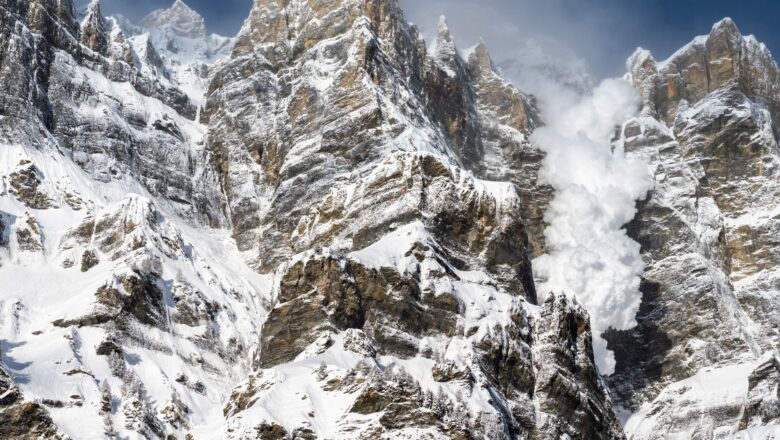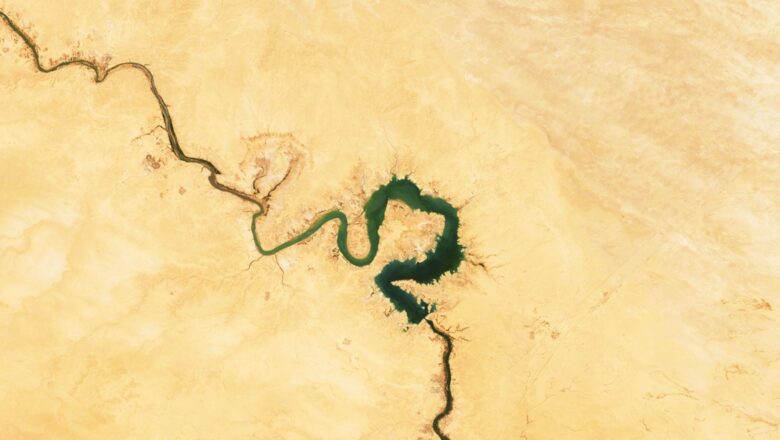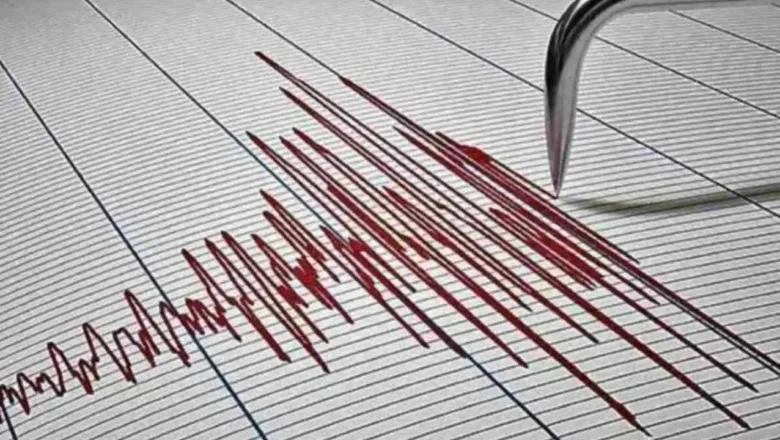
Fujitsu, Yokohama Univ Predict Typhoon Tornadoes Using Supercomputer
Fujitsu Limited and Yokohama National University have achieved a groundbreaking milestone by developing the world's first real-time prediction system for multiple tornadoes associated with typhoons. Utilizing Fujitsu’s Fugaku supercomputer and an enhanced version of the Cloud Resolving Storm Simulator (CReSS), this innovation significantly improves disaster preparedness by delivering more accurate and faster tornado forecasts.
This advanced system reduces prediction times from over 11 hours to just 80 minutes, allowing forecasts up to four hours ahead of tornado occurrences. Notably, the prediction model only used 5% of Fugaku’s computational capacity, demonstrating the potential for larger-scale simulations and even quicker predictions.
Addressing Tornado Prediction Challenges
Ab...









